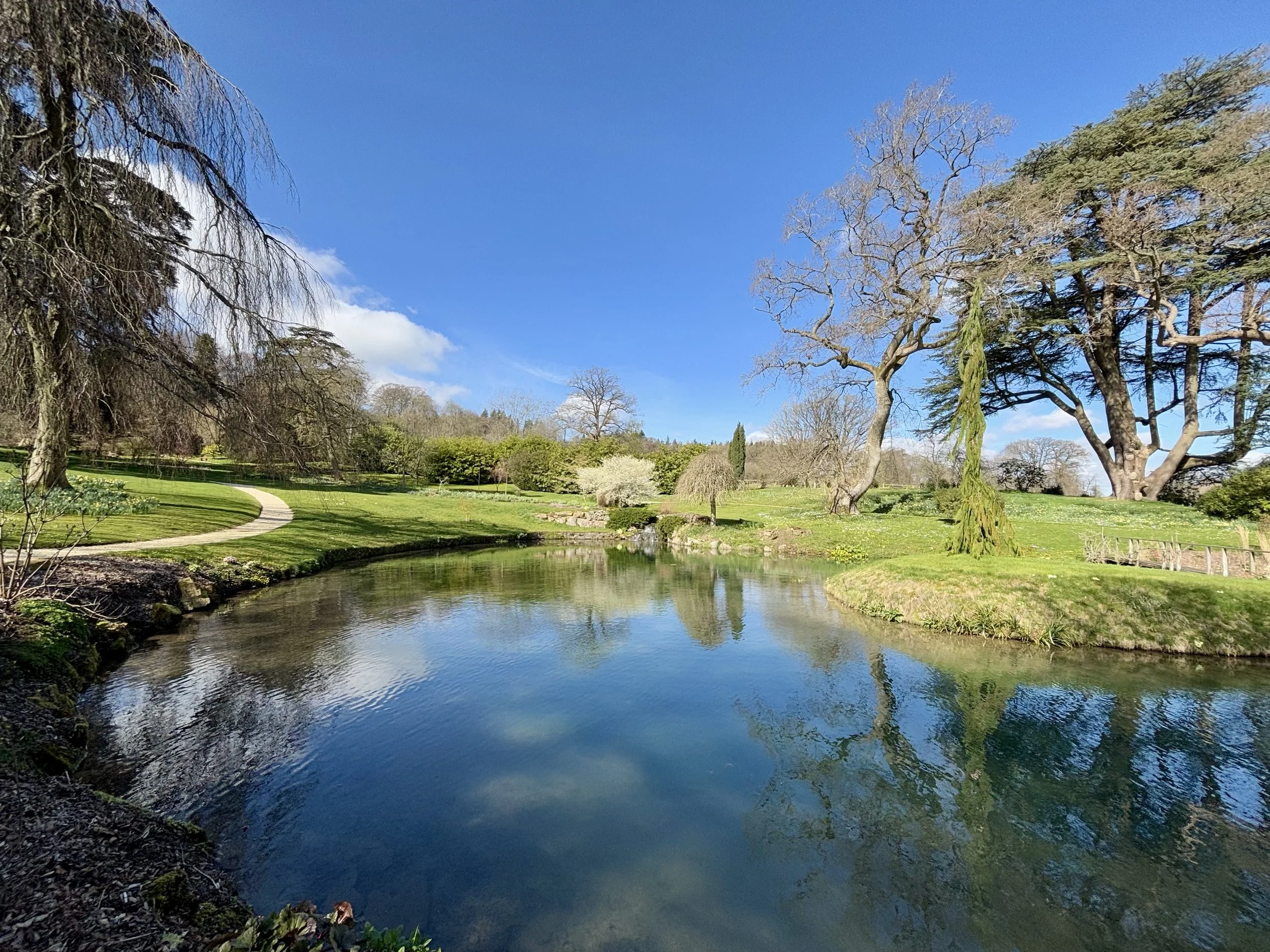Sezincote – An Indian Dream in the Cotswolds
An Unexpected Vision
There are few moments more surprising in the English countryside than arriving at Sezincote. Tucked into rolling Cotswold hills, you expect mellow stone houses, dry-stone walls, perhaps a manor with formal gardens. Instead, you are met with exactly that - but the house is crowned with an onion dome, its architecture inspired by Mughal India. And surrounding it, a landscape that feels at once English and exotic.
A House Inspired by India
Sezincote was built in 1805 for Sir Charles Cockerell, who had made his fortune with the East India Company. His brother, Samuel Pepys Cockerell, was the architect, and he designed a house that fused Indian motifs with classical form. The great central dome, the minarets, and the arches are all drawn from Mughal architecture, but they are carried out in local Cotswold stone.
The house made such an impression that it influenced the Prince Regent’s plans for the Royal Pavilion in Brighton. George IV visited Sezincote in 1807, and you can trace its influence in the domes and details that later appeared on the south coast.
The Gardens and Landscape
The gardens were laid out to complement the house, with the help of Humphry Repton, the great landscape designer of the time. His Red Book for Sezincote suggested blending the exotic with the pastoral, creating a garden that would frame the Indian architecture within a recognisably English setting.
Water is central: streams, pools, cascades, and bridges guide the visitor through the valley below the house. Classical temples and statues mingle with Indian-inspired features. It is a place of contrasts — East and West, architecture and landscape, formality and naturalism. It is an incredibly peaceful garden which just feels ‘right’. Everything feels in the right proportions and you are led naturally along paths, taking in the views. If I had a complaint it would be that there aren’t enough benches to just sit and absorb the beauty around you.
Visiting Sezincote
What strikes me most when visiting is the way Sezincote continually shifts your perspective. From a distance, the house seems almost out of place, a vision from another world. But as you walk through the gardens, you begin to see how harmoniously it sits within the rolling landscape. The dome rises above trees, reflections dance in the pools, and the whole scene feels strangely at home in the Cotswolds.
In summer, the borders brim with roses, herbaceous planting, and waterlilies. In autumn, the colours are spectacular, set against the pale stone. Even in winter, the architectural drama of the house and the stillness of the pools carry the day. At every time of year the trees do the heavy lifting in this garden: they provide structure, interest and colour - sometimes providing a backdrop, at other times they’re the main feature.
A Garden of Encounter
Sezincote is a place of encounter — between East and West, architecture and nature, history and imagination. It is at once a product of its time, with all the complexities of empire, and a place of timeless beauty.
To stand by the pools and look up at the onion dome is to see something utterly unexpected in the Cotswolds — and yet, by the time you leave, it feels as though it belongs there.
No photography is allowed in the house as it is a private home - you will have to do the tour to discover it!


